ANDREW LIMBONG, HOST:
The pachycephalosaurs were a unique group of dinosaurs with domed heads, but scientists haven’t known much about them because their fossils have been so incomplete until now. Science…
ANDREW LIMBONG, HOST:
The pachycephalosaurs were a unique group of dinosaurs with domed heads, but scientists haven’t known much about them because their fossils have been so incomplete until now. Science…
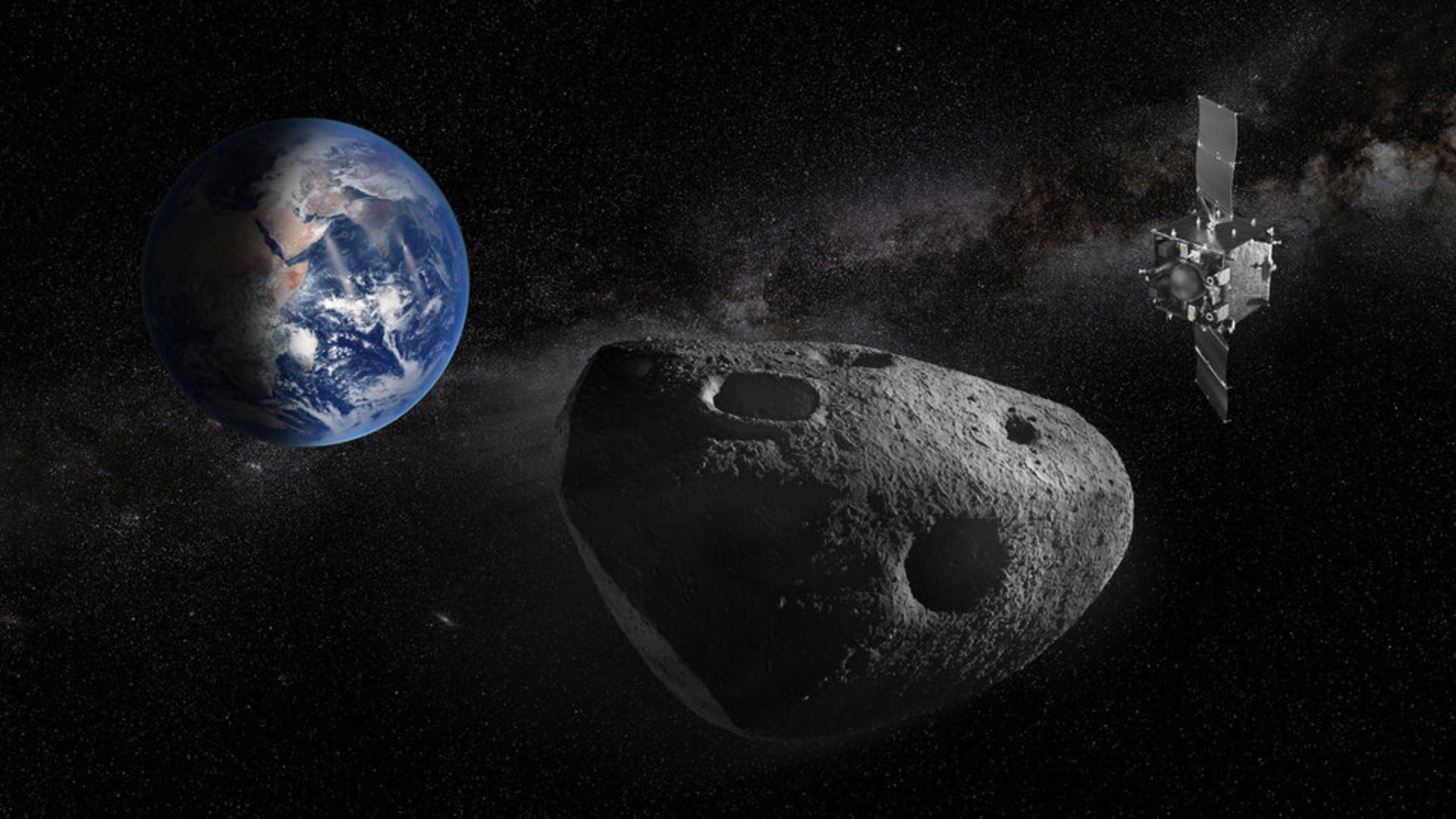
When it comes to saving Earth from a potential doomsday rock, knowing where to hit it and how it spins could make all the difference. Two new studies presented last month at the Europlanet Science Congress in Helsinki may have just given…
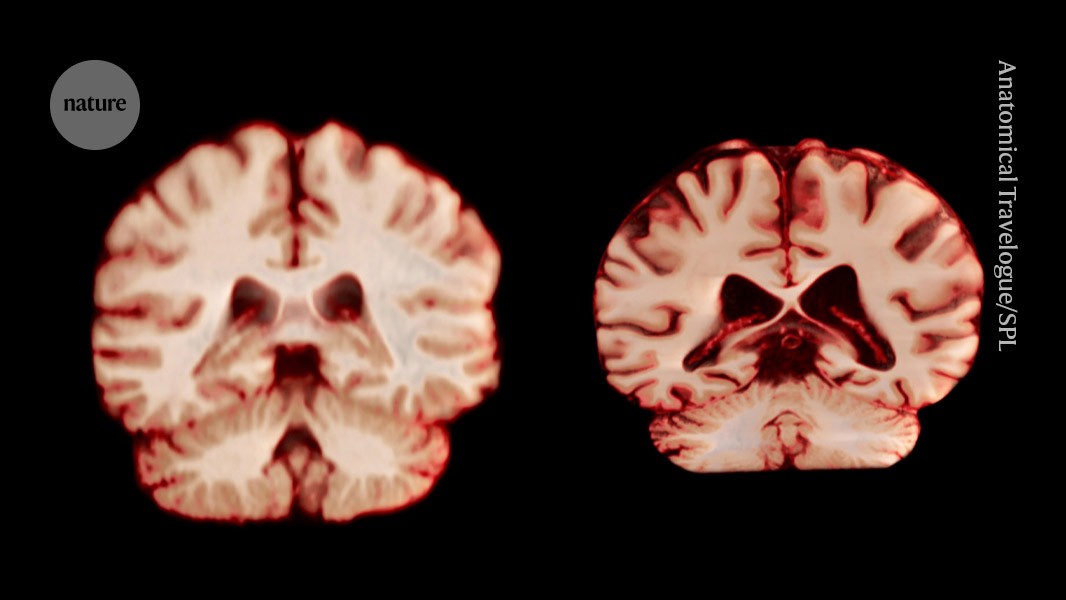
A healthy brain (left) and a brain affected by Alzheimer’s disease. Credit: Anatomical Travelogue/SPL
During ageing, men experience a greater reduction in volume across more regions of the brain than women do, according to a longitudinal study…
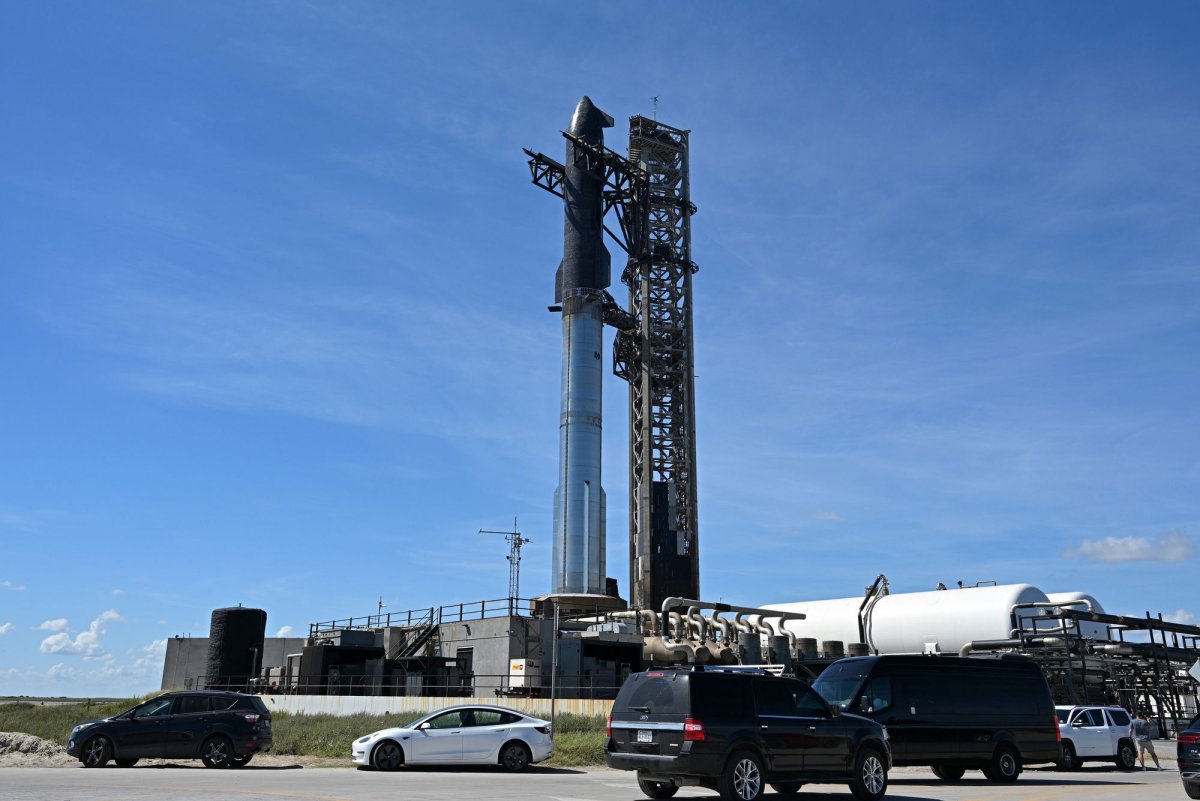
Oct. 13 (UPI) — SpaceX is planning the 11th flight test on Monday of its Starship, its two-stage, heavy-lift launch vehicle designed to one day take humans back to the moon and eventually to Mars.
The launch window will open at 6:15 p.m. CT at…
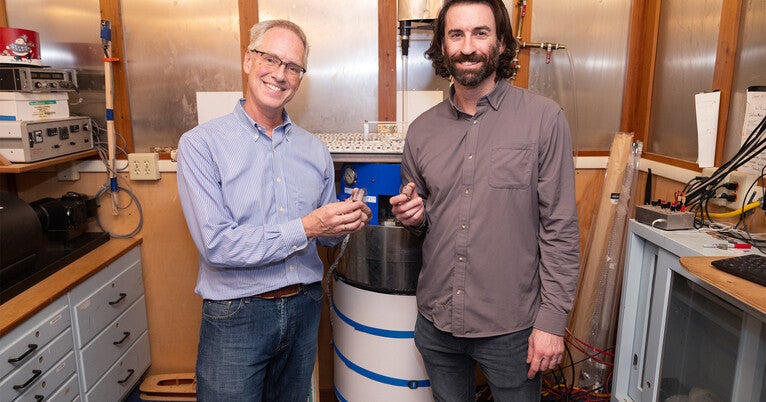
Earth’s Ediacaran Period, roughly 630 to 540 million years ago, has always been something of a magnetic minefield for scientists.
During earlier and later time periods, tectonic plates kept a steady pace, climate zones were normal, and the…
This request seems a bit unusual, so we need to confirm that you’re human. Please press and hold the button until it turns completely green. Thank you for your cooperation!
This request seems a bit unusual, so we need to confirm that you’re human. Please press and hold the button until it turns completely green. Thank you for your cooperation!
This request seems a bit unusual, so we need to confirm that you’re human. Please press and hold the button until it turns completely green. Thank you for your cooperation!
This request seems a bit unusual, so we need to confirm that you’re human. Please press and hold the button until it turns completely green. Thank you for your cooperation!
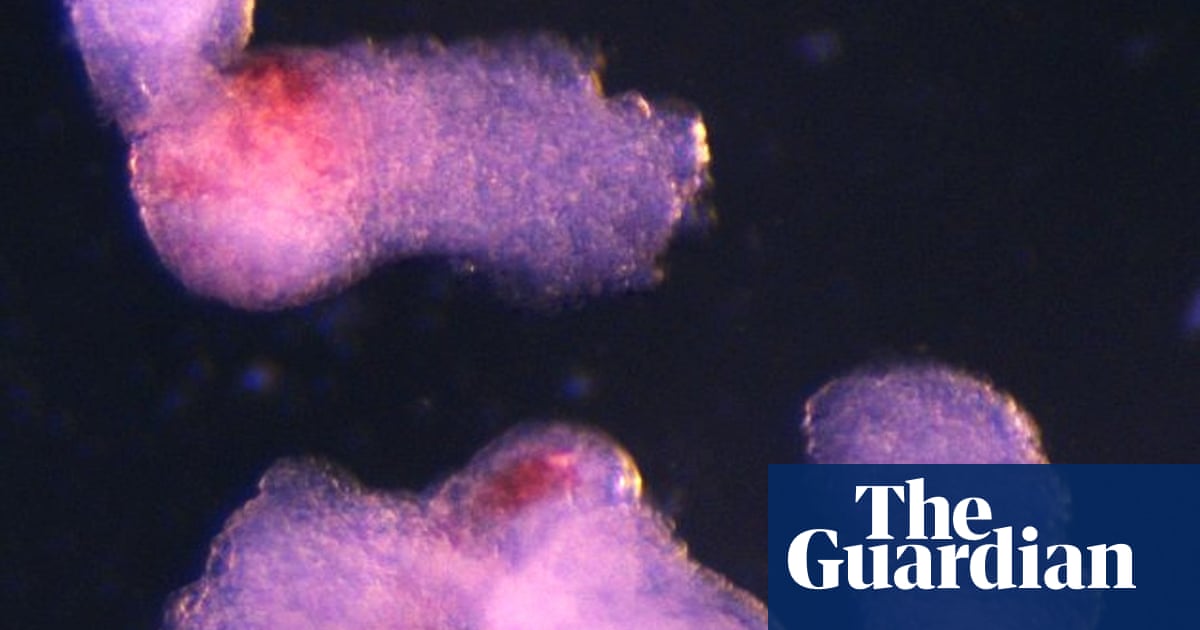
Scientists have grown embryo-like structures in the laboratory that produced human blood cells, raising new possibilities for regenerative medicine.
The ability to generate blood stem cells in the laboratory may one day make it possible to treat…